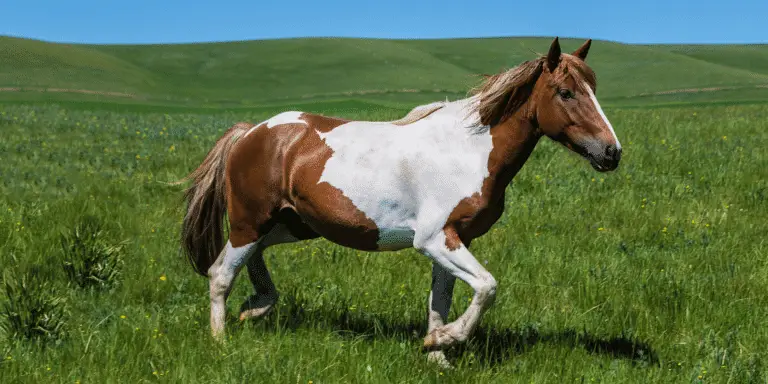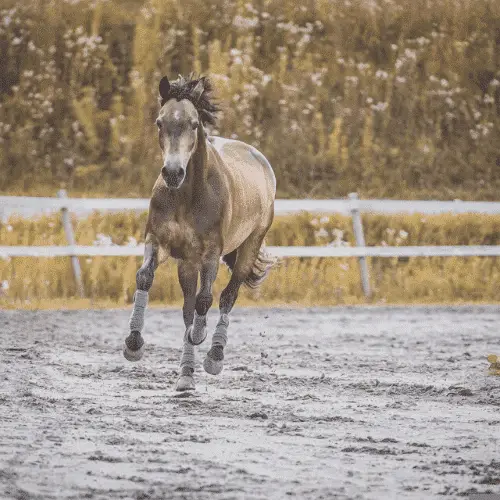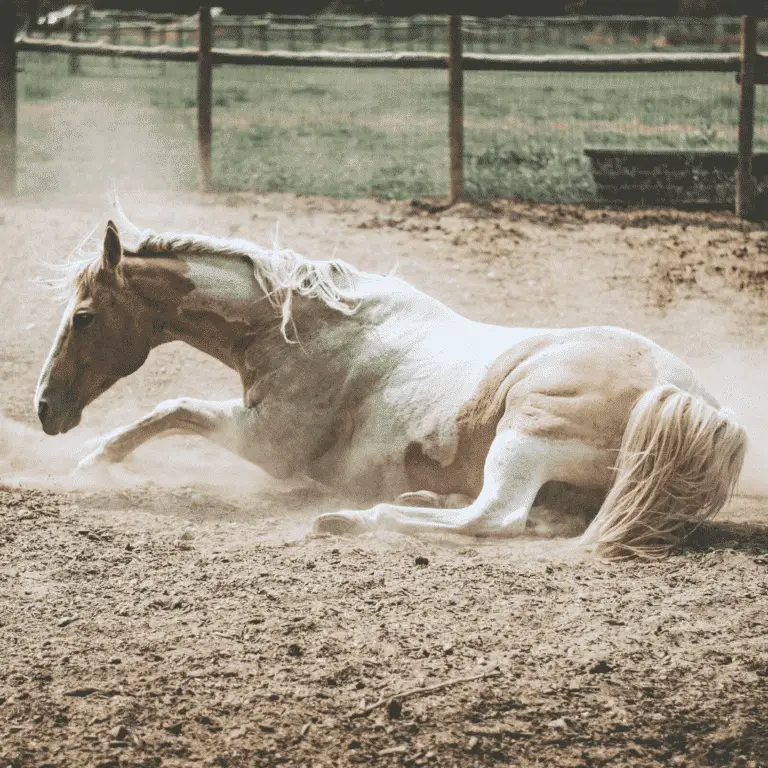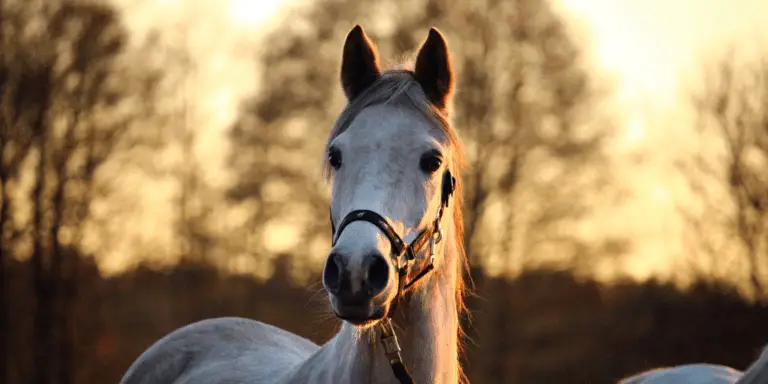Since sand paddocks themselves usually offer little stimulation in forms of independent, frequent movement, various forms of turnout have developed over time. The aim is to give the horse a reason to move around and try to make the horse’s life as natural as possible. Some of those modern stables are called “active stable” or paddock trail concepts (Paddock Paradise). The idea is to separate all functional areas and place them as far apart as possible to maximize the distances the horse has to walk every day.
By functional areas, we mean the places where, for example, feeding, lying, excretion, exercise and social behavior takes place. In a box, all of that takes place in a few square meters and the horse does not need to or cannot move far. In active stables, for example, feeding places are located far from the watering place, as well as from the shelter or resting place. These paths are designed to provide lengthy walks with obstacles and different footing, often logs are used to block the path and must either be jumped / walked over or evaded, grass is grown at different spots to encourage movement as well.
Now the walking space also makes an important difference. Horses will not move as much in a 20 by 20 yard open stall as they would on an 800 yard paddock trail. Still, an attempt should be made to use different areas for different purposes.
Paddock trails mostly consist of a circular path with several feeding stations, shelters, a drinking trough, different surfaces and an area for rolling covered with loose sand. In addition, a wide variety of “space dividers” such as logs on the ground, hedges, water ways, groups of trees and mineral lick stones can be incorporated.
Active stable are similar in that regard, only without the circular path. Here, the paths are just spread out over a large area of land. Most active stables also have automatic feeding systems that provide an individual amount of roughage, concentrate and mineral feed in many small portions for each horse. The horse can only access the feeder with a chip implanted under the skin or a collar with a sensor.
There are, of course, various hybrids of these stables.
The goal is always to provide as much exercise as possible in addition to feeding appropriately. The prerequisite, however, is that all members of the herd are stress-free.







